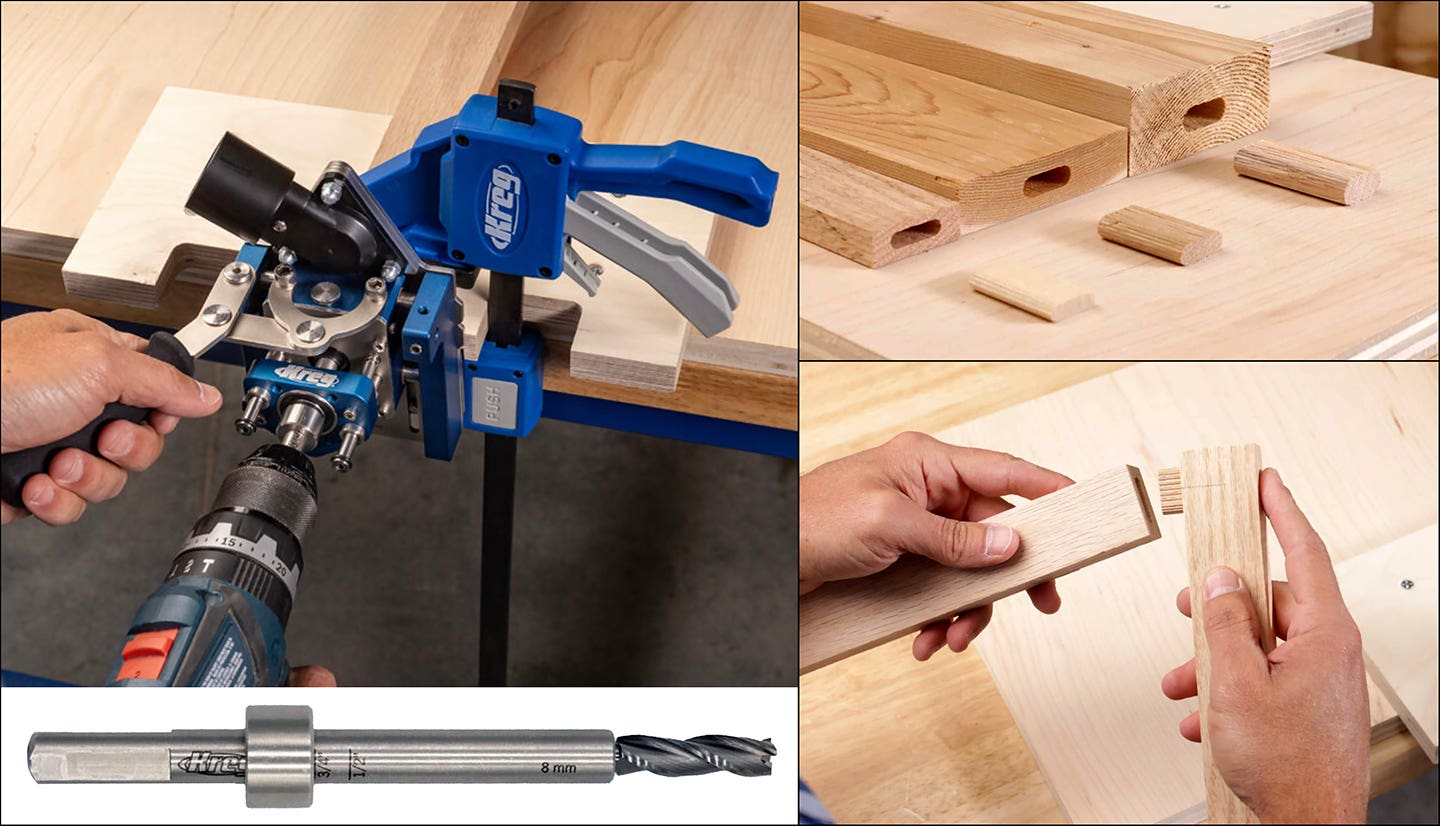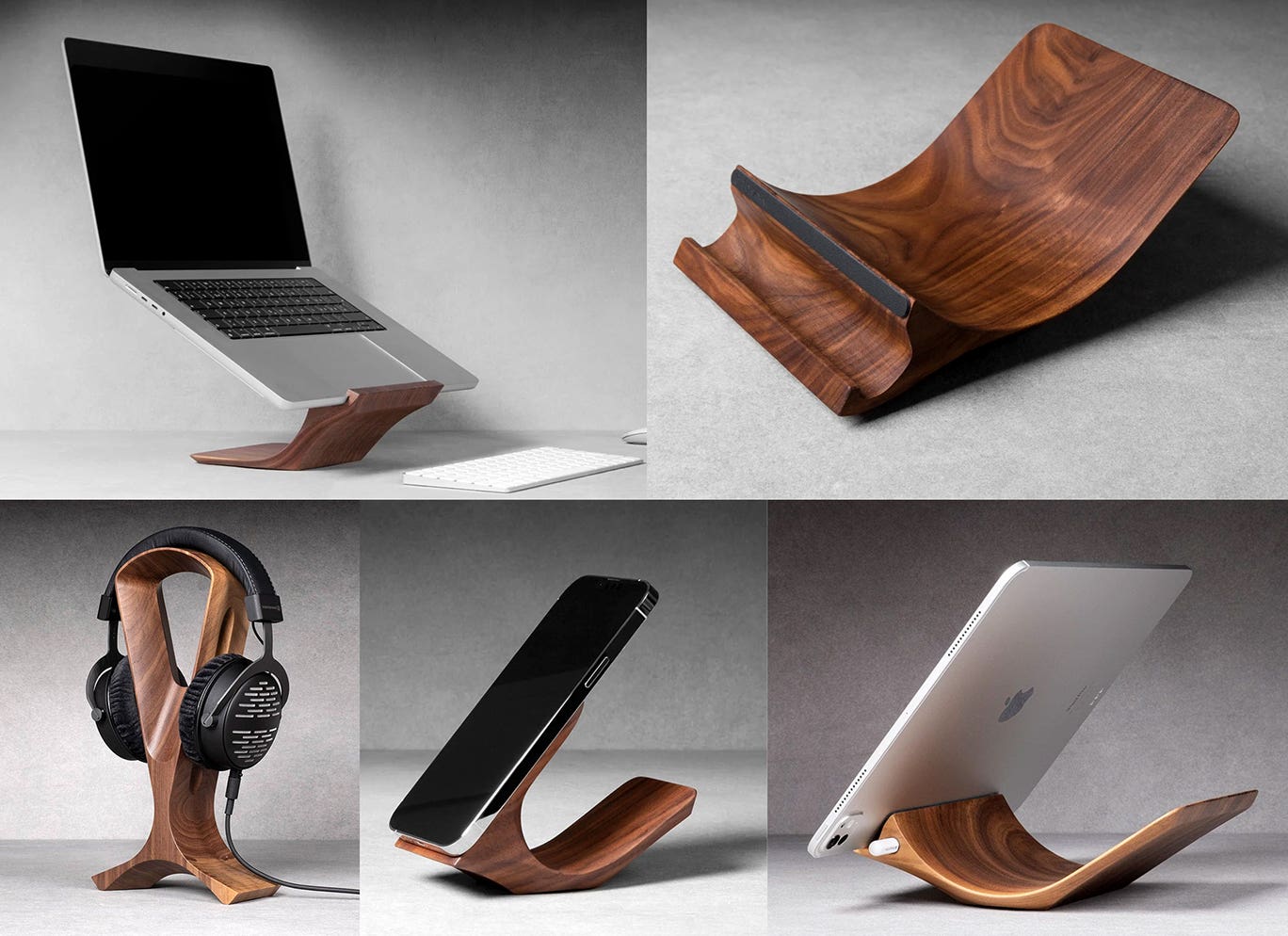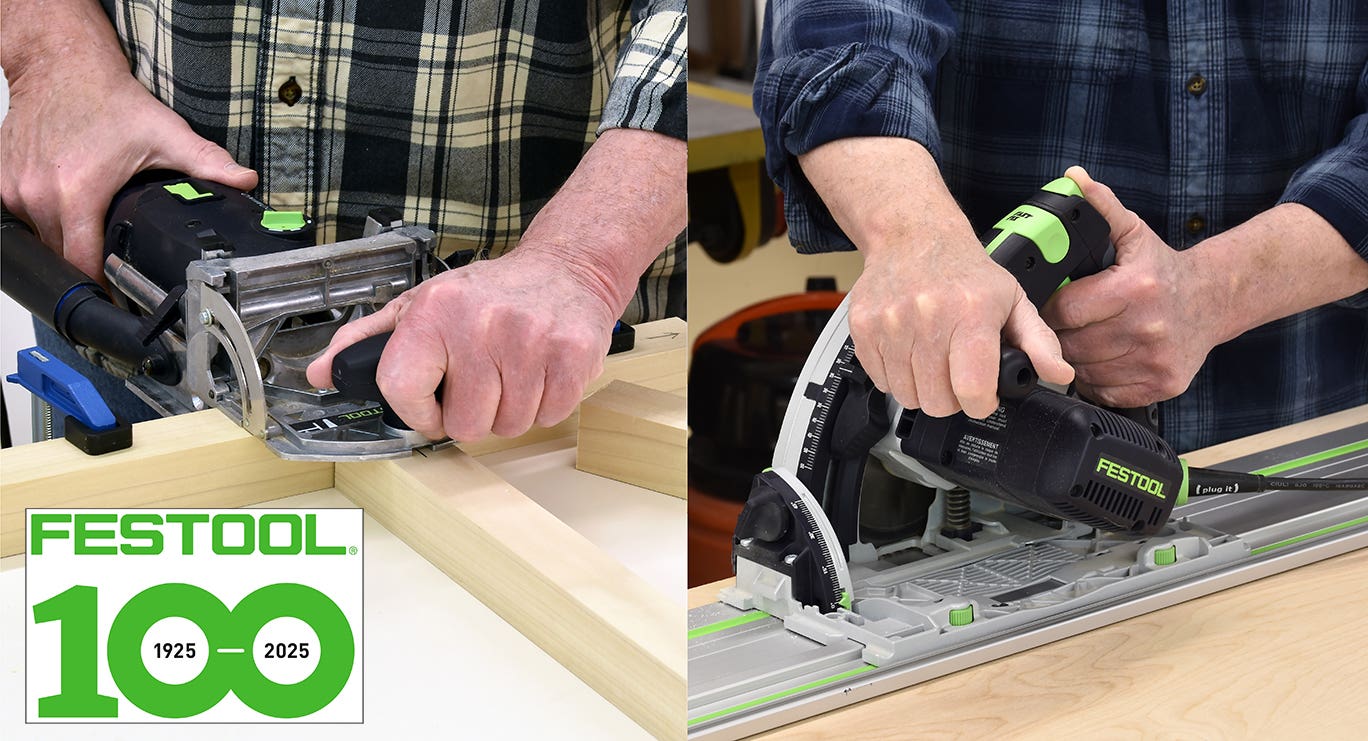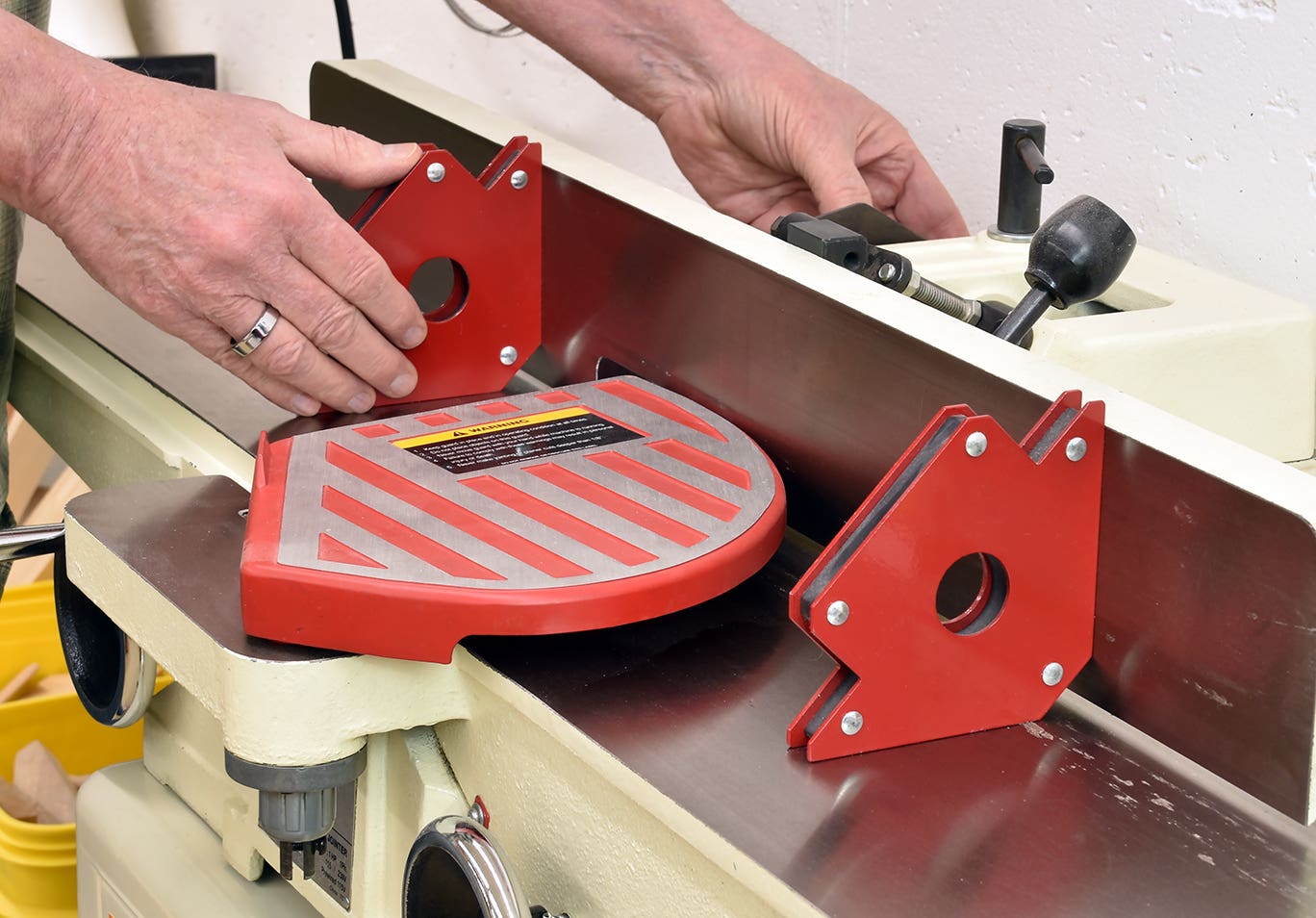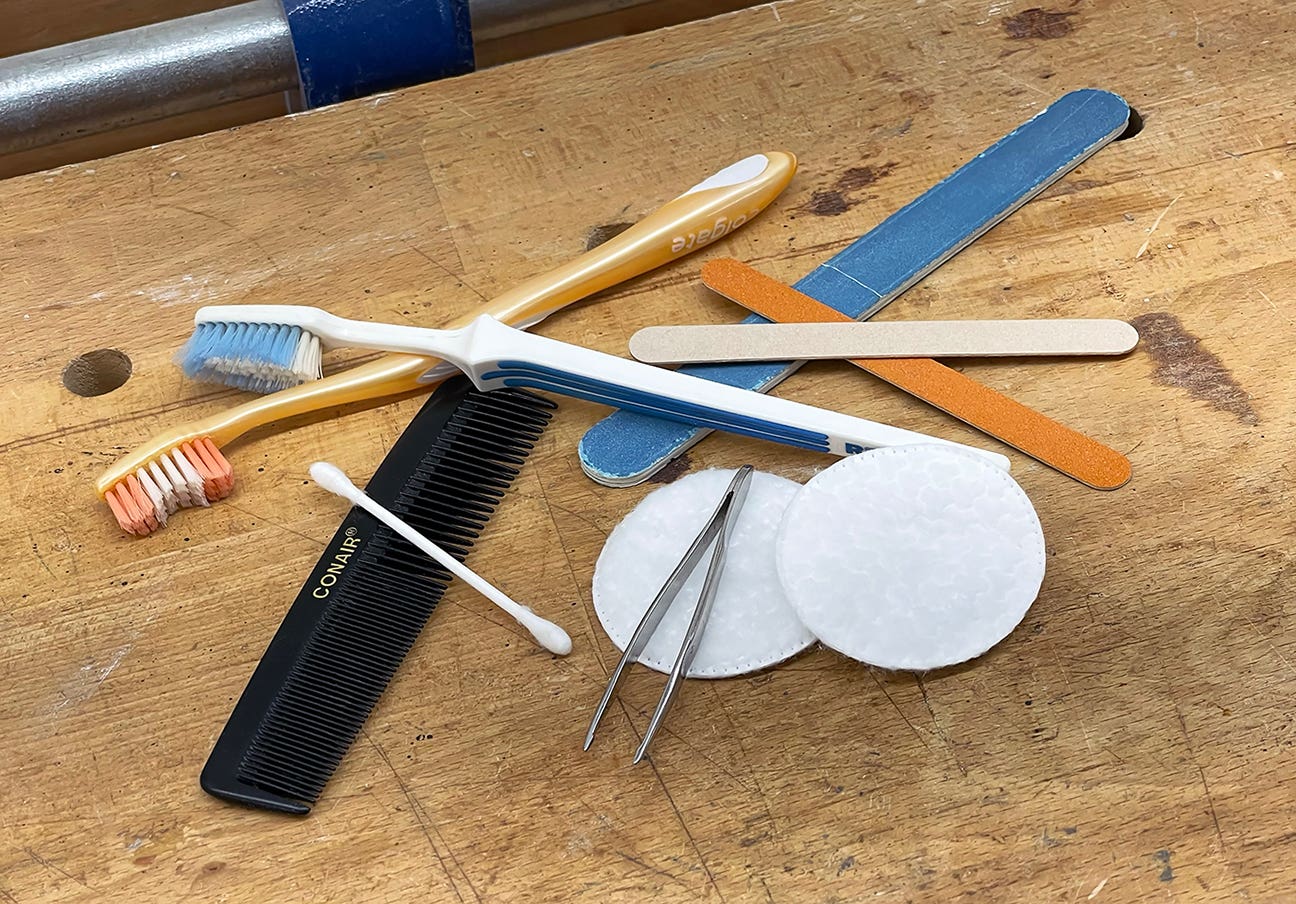Granadillo
For years, we have taken woods for granted. There was never any problem getting good mahogany or rosewood. Nice wide, long clear boards with good color and figure were expected….
For years, we have taken woods for granted. There was never any problem getting good mahogany or rosewood. Nice wide, long clear boards with good color and figure were expected. It did not matter if the woods were domestic or exotic. We expected (and, for the most part) got decent material at a reasonable price.
Sure, a couple of those woods disappeared on us. Cuban mahogany and Brazilian rosewood became virtually extinct. This might have been a warning bell but we did not pay much attention until much more recently when many of the woods we had taken for granted simply became unavailable.
Some of these woods, like East Indian rosewood have reappeared on the market as "plantation grown" or "sustainable harvest" woods, but they are generally not nearly as nice as the old growth stuff we had become used to. Around the same time, a lot of new woods began to appear. Actually, these new woods were there all the time but for one reason or another, we did not want to use them. Either the lumber was too small to yield large clear cuttings or the color and figure was not up to our expectations. But, as our old favorites began to vanish, these "second string" woods started to look "not so bad."
Among these new woods - with names like ziricote, meranti, obeche and chakte coke - is one that seems to have no real attachment to any specific wood but is, rather loosely applied to any wood that no one is really sure exactly what it is. This wood (or woods) is granadillo.
When a friend and I were importing rosewood from Honduras (in 1985; another disaster maybe I'll tell you about another time), we came across a lot of woods that looked pretty decent but that none of the locals could really identify. Whenever we asked what these woods were, the cutters would invariably say "Oh, that's granadillo." So, eventually I became convinced that granadillo was Spanish for "who knows.
D.D.
David DeCristoforo possesses an extensive resume as designer/maker of fine furniture, high-end cabinetry and architectural woodwork. His experience in professional woodworking spans a period of 35 years. For the past 20 years David DeCristoforo Design has been located in Woodland, California. During this time David's shop has ranged in scope from a "full on" cabinet production shop with as many as 15 employees to a small fine furniture and custom millwork shop, working with his son, David RBJ, a highly skilled maker in his own right.


